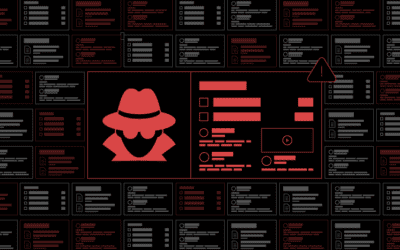Automate
/ OUR PRODUCTS
Automate
Encode your knowledge into machine learning models that can automate text-based workflows at scale with human-level quality. Build your own models from scratch, retrain our world-class models for your specific task, or use Primer models off-the-shelf.
Primer Automate
Primer Automate
Primer Engines
Frequently Asked Questions
-
What models can I train?
Engines are pre-trained, proprietary models built with Primer’s state-of-the-art NLP (Natural Language Processing), NLU (Natural Language Understanding), and NLG (Natural Language Generation) technology. Engines enable humans to automate their reading and writing tasks at scale with human-level precision and discover insights that were previously impossible to find.
-
What models can I use off-the-shelf?
Primer provides a variety of off the shelf models such as COVID classifiers (as seen on covid19.primer.ai) as well as Primer’s best in class Named Entity Recognition. New models are being added continuously.
-
Can I upload my own training data with my own labels?
Yes, you can customize your models with your own training data which. Just put your labelled data into a spreadsheet or CSV file and upload to Primer Automate – it will take care of the rest.
-
What is the performance of the models you have?
Models our customers create using Automate will have their own performance metrics available (like F1 Score, Precision, Recall and Accuracy). Off-the-shelf models model performance is provided as well. Most customers can train a model with over 90% accuracy for their use case in a few days.
-
How do I access the models I create?
Your team’s models live in your account and can be collaborated on by the entire team. When you’re ready to use them you can get predictions on datasets you’ve uploaded via a UI that will visualize your results and return your machine-labeled data to you.
-
Can I access the models via an API?
Yes – all off-the-shelf and trained custom models come with API access. After you train a custom model, it will be automatically deployed and your API details will be available for you to hand off to your developers to integrate this model in your product or processes.
-
Can I update my model with more training data at a later date?
Your custom models can be retrained at any time with additional data or changed labels. Models and data can drift with the seasons and as language evolves, so Automate makes it easy to run a new training cycle every so often to keep your model fresh and performant.
-
How does your platform deal with mislabeled data?
Accurate training data is key to the success of your custom model and Automate helps you create highly accurate labeled data in a variety of ways, chiefly, Automate uses active learning to reduce the amount of labels you need so you can use subject matter experts to provide correct examples. We also offer label peer review so teams can collaborate on their labels and get input from Automate on what labels are likely to be inaccurate and should be reviewed.
-
What languages does Automate work in?
English is available for all models in Automate, including custom models. More languages will be available later, let us know if you have a high priority language you need supported.
-
What format data does the data need to be to upload it?
Creating custom models requires semi-structured data, so for now we support spreadsheet/ tabular data such as CSV. Our services team can help get your data ready for Automate or custom modeling if it’s not already tabular.
-
Who do I need to hire to make a custom model in Automate?
Your existing team can work together to make their own machine learning model. Whether you’re a team of 1 or dozens, Automate allows you to share datasets, models, and training cycles so you can collaborate on the right solution together.
-
How long does it take to train a model?
Most of the time training a model is spent labeling data – a team of 3-5 people can create all the labels you’ll need in a few hours. Once a training cycle is kicked off it takes about 20 minutes for the model to train and deploy. Most people can build and deploy a model in less than 48 hours.
-
How many pieces of training data is needed to be labeled?
It varies – Automate will use active learning to reduce the number of labels you need to get a high performance model. What performance you need to deploy your model to production may vary based on your use cases so with each training cycle we show you the model’s metrics. Many of our users can train their models to human level performance with only a few hundred training examples.
-
How much does it cost?
A traditional in-house machine learning team can cost millions. Get started with Automate today for a fraction of the cost – click here to chat with us.
-
Do I need to be able to write code to be able to build these models?
Not at all! Automate handles the hard machine learning ops and research work all you have to do is drag and drop your data, create some labels, hit the train button and let the magic happen. Getting results from your model is no more complicated. If you have developers on your team they can access the model via API for any high-scale integration you need, but this is optional.
Analyze
Answer key questions, get real-time updates and automatically generated reports.
Automate
Build, train, and optimize your own NLP models — no coding or technical skills required.
Command
Respond to fast-breaking events with an AI-powered, real-time intelligence solution.
Yonder
Surface disinformation campaigns for enhanced situational awareness and proactive decision support.
Engines
Deploy our world-class, pre-trained NLP Language Engines with a plug-and-play API.












